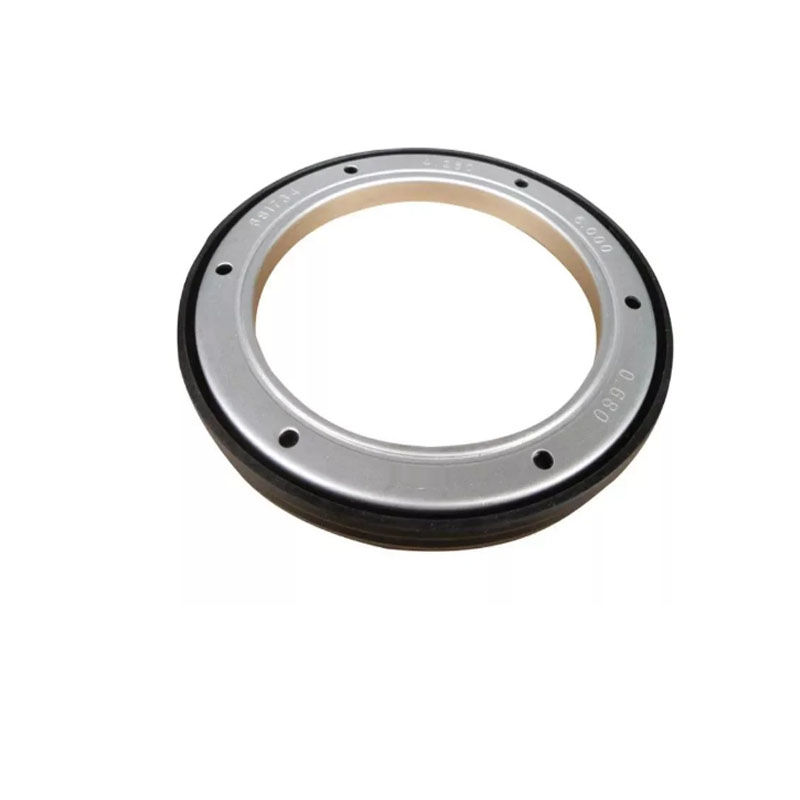oil seal rubber
Understanding Oil Seal Rubber Function, Types, and Applications
Oil seals, often referred to as grease seals or shaft seals, are crucial components used in various industrial and automotive applications. They serve the primary function of preventing the leakage of lubricants, like oils and greases, as well as keeping contaminants such as dirt and moisture away from sensitive mechanical parts. Given their importance, the type of material used for oil seals is vital to ensure longevity and functionality. Rubber, particularly synthetic rubber, is often the material of choice for oil seals due to its excellent sealing properties.
The Role of Oil Seal Rubber
Rubber in oil seals plays a pivotal role in ensuring the mechanical efficiency of machines. When heavier machinery operates, friction generates heat, and rotating parts can wear down quickly if not adequately lubricated. Oil seals made from rubber provide a barrier that retains lubricants within moving parts while keeping out grime and debris. This protection not only extends the life of components but also enhances the overall performance of machinery.
Types of Rubber Used in Oil Seals
Various types of rubber are utilized in manufacturing oil seals, each with specific properties to suit different applications
1. Nitrile Rubber (NBR) One of the most commonly used materials for oil seals, nitrile rubber offers excellent resistance to petroleum-based oils, greases, and hydraulic fluids. Its ability to withstand temperatures from -40°F to 250°F makes it ideal for a wide range of automotive and industrial applications.
2. Fluoroelastomer (FKM) Known for its superior performance in extreme temperatures and its chemical resistance, fluorocarbon rubber is often used in applications that involve aggressive solvents or high-heat environments. It is more expensive than nitrile but offers excellent durability in specialized conditions.
3. Polyurethane (PU) While not as widely used as nitrile or fluorocarbon, polyurethane can be an excellent choice for certain applications due to its exceptional resilience and wear resistance. It is favored in applications where flexibility and abrasion resistance are needed.
4. Silicone Silicone rubber is known for its ability to withstand a broad range of temperatures. However, it is not ideal for sunny environments or areas with high oil exposure due to its vulnerability to hydrocarbon fluids.
oil seal rubber

Applications of Oil Seal Rubber
The applications for oil seals can be found in many sectors, including automotive, aerospace, manufacturing, and construction. Here are some applications where oil seal rubber is commonly utilized
- Automotive Oil seals are extensive in vehicles, particularly in engines, transmissions, and wheel bearings. They prevent oil leaks that can lead to significant engine damage and ensure the smooth operation of machinery, enhancing fuel efficiency.
- Industrial Machinery Manufacturing equipment often relies on oil seals to maintain lubrication in moving parts like pumps, motors, and gearboxes. Proper sealing prevents equipment downtime caused by oil leaks, allowing for continual operation.
- Aerospace In aircraft, oil seals are critical for ensuring safety and performance. They help maintain the integrity of lubrication systems in engines and hydraulic circuits.
- Marine Applications In marine environments, oil seals protect against seawater, which can significantly affect the performance of mechanical systems. Proper sealing keeps mechanical parts functioning efficiently and prolongs their lifespan.
Importance of Proper Installation and Maintenance
While oil seal rubber performs remarkably when appropriately manufactured and selected, the importance of correct installation and maintenance cannot be overstated. Improper installation can lead to premature failure of the seal, resulting in leaks and potential damage to mechanical systems. Regular inspections are also essential to ensure that the seals are in good condition, as environmental factors can degrade rubber over time.
Conclusion
Oil seal rubber is an indispensable element in numerous mechanical systems, playing a crucial role in lubrication retention and contamination prevention. Understanding the various types of rubber and their applications enables engineers and technicians to select the most suitable materials for their specific needs. As industries continue to evolve, the demand for reliable and durable oil seals will remain high, underscoring the importance of this often-overlooked component in the world of machinery and engineering.
-
Simplifying Oil Changes: A Comprehensive Guide to Oil Drain Plugs and Their Variants
News Aug.04,2025
-
Mastering Oil Drain Maintenance: Solutions for Stripped, Worn, and Upgraded Oil Plugs
News Aug.04,2025
-
Fixing Oil Pan Plug Issues: Leaks, Stripped Nuts, and the Right Replacement Solutions
News Aug.04,2025
-
Everything You Need to Know About Oil Drain Plugs: Sizes, Fixes, and Upgrades
News Aug.04,2025
-
Choosing the Right Oil Drain Plug: A Guide to Sizes, Materials, and Drain Innovations
News Aug.04,2025
-
A Complete Guide to Automotive Drain Plugs: Types, Problems, and Innovative Solutions
News Aug.04,2025
-
The Ultimate Guide to Car Repair Kits: Tools and Essentials Every Driver Should Own
News Aug.01,2025
Products categories















